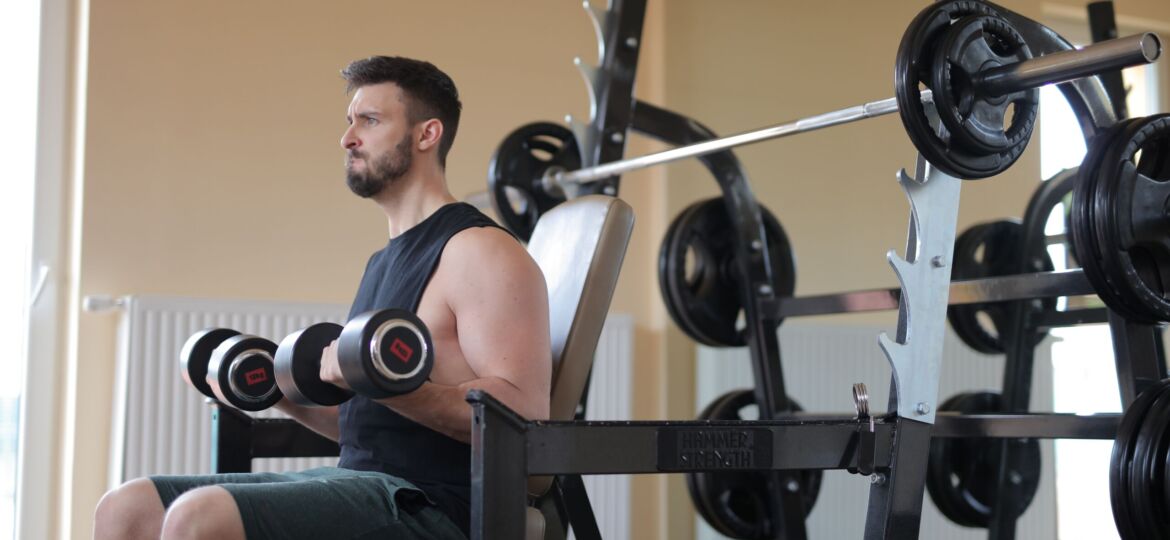
Exercise is undoubtedly an essential aspect of maintaining a healthy lifestyle. It boosts physical fitness, enhances mental well-being, and helps in preventing various chronic diseases. However, there’s a catch: exercise can sometimes lead to injuries if not performed correctly. In this comprehensive guide, I will delve into the importance of proper form and technique in preventing injuries, discuss common exercise-related injuries, and provide insights into the recovery process after an injury.
The importance of proper form and technique
When it comes to exercise, “how” you perform an exercise can be just as important as “what” exercises you do. Here’s why proper form and technique are crucial in preventing injuries:
1. Avoiding Overuse Injuries
One of the most significant benefits of proper form is that it prevents overuse injuries. Overuse injuries occur when you stress specific muscles or joints excessively due to poor form. For example, improper running form can lead to shin splints or stress fractures. By using proper technique, you distribute the workload more evenly across muscles and joints, reducing the risk of injury.
2. Maximizing Muscle Engagement
The correct form ensures that you’re targeting the right muscle groups during exercise. If your technique is off, you may end up working the wrong muscles or placing unnecessary strain on your joints. For instance, proper squat form engages the quadriceps and glutes while protecting the knees from excessive stress.
3. Enhancing Balance and Stability
Proper form improves balance and stability, reducing the likelihood of slips, falls, or twisting injuries. This is especially important in activities like weightlifting and yoga, where balance is paramount.
4. Preventing Compensation Patterns
When one muscle group is weaker than another, the body often compensates by overusing the stronger muscles. This compensation can lead to muscle imbalances and injuries. Proper form ensures that each muscle group is working efficiently, reducing the risk of imbalances.
Common Exercise Injuries and How to Avoid Them
Understanding common exercise-related injuries can empower you to take preventative measures. Here are some prevalent injuries and tips on how to avoid them:
1. Sprains and Strains
Sprains and strains can happen when you push yourself too hard or use improper form. To avoid them, always warm up before exercising, increase intensity gradually, and prioritize stretching and flexibility exercises.
2. Tendinitis
Tendinitis, inflammation of the tendons, can result from repetitive motions with improper form. To prevent tendinitis, use proper techniques and incorporate rest days into your routine.
3. Runner’s Knee
A runner’s knee is a common injury caused by the improper alignment of the kneecap. To prevent it, maintain a balanced workout routine that includes strength training for the quadriceps and hamstrings.
4. Lower Back Pain
Poor posture and lifting techniques can lead to lower back pain. Protect your back by maintaining proper posture during exercises and using your core for stability.
5. Stress Fractures
Stress fractures often occur from overuse or improper form. Incorporate variety into your exercise routine, invest in proper footwear, and prioritize rest and recovery.
Recovering from an Injury
Despite your best efforts, injuries can still occur. Here’s how to approach recovery and safely return to exercise:
1. Seek Medical Advice
If you suspect an injury, consult a healthcare professional for a proper diagnosis and treatment plan. Follow their recommendations diligently.
2. Rest and Recover
Rest is crucial for healing. Allow your body the time it needs to recover fully. Depending on the injury, this may involve immobilization, physical therapy, or other treatments.
3. Rehabilitation Exercises
Engage in rehabilitation exercises as prescribed by a healthcare professional. These exercises are designed to strengthen injured areas and restore function.
4. Gradual Return to Exercise
Don’t rush back into your regular exercise routine. Start slowly, and gradually increase intensity and duration as your body allows. Pay close attention to any pain or discomfort.
5. Listen to Your Body
Above all, listen to your body. If something doesn’t feel right, stop immediately and seek professional advice. Pushing through pain can worsen injuries.
Conclusion
Exercise is a valuable tool for maintaining a healthy lifestyle, but it’s essential to prioritize proper form and technique to prevent injuries. Understanding the significance of correct form, recognizing common exercise-related injuries, and knowing how to recover from them can help you enjoy the benefits of exercise while minimizing the risk of setbacks. Remember, a well-informed approach to exercise can lead to a healthier, injury-free life.
Access the series here: Embarking on a Health Journey: An Introduction to My Detailed Exercise and Fitness Series